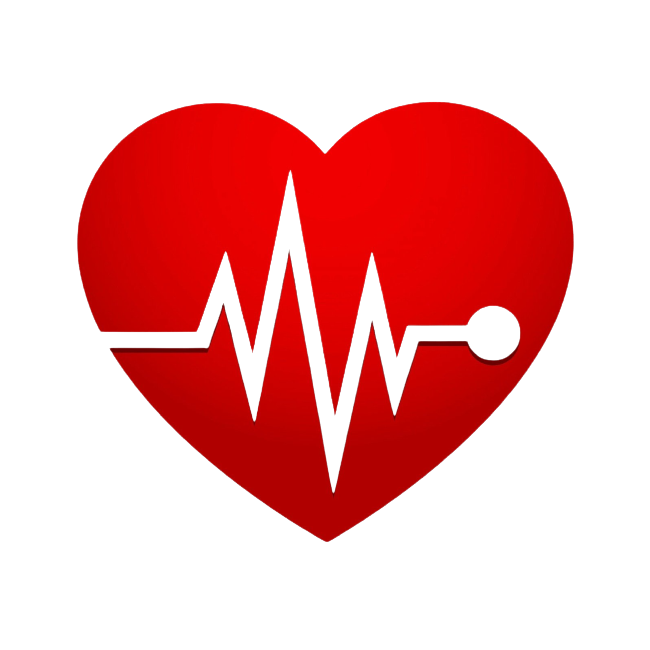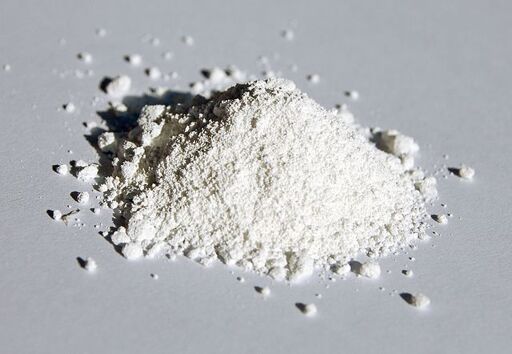Titanium dioxide is the most widely used whitening pigment in the world and has been linked to adverse health effects, particularly genotoxicity and intestinal inflammation. It is applied as food coloring and a whitening agent to a wide variety of foods, including chewing gum, cakes, candies, breads and ice cream.
Because of health risks, France banned titanium dioxide as a food additive in 2020. Two years later the European Union also banned titanium dioxide as a food additive.
But in the U.S., titanium dioxide is found all over the grocery shelves. Candy like Skittles, Starbursts, and Jell-O, gum like Trident White peppermint gum and Mentos Freshmint Gum, cake products like Duncan Hines Creamy Vanilla Frosting, and Nabisco Chips Ahoy! cookies are just a few of the myriad food items that contain the additive.
A significant body of research, mostly from rodent models and in vitro studies, has linked titanium dioxide with health risks related to the gut, including intestinal inflammation, alterations to the gut microbiota, and more. It is classified by the International Agency for Research on Cancer (IARC) in Group 2B, as possibly carcinogenic to humans.
As a food additive, titanium dioxide and its nanoparticles in particular have been associated with DNA damage and cell mutations, which in turn, have potential to cause cancer. When used as a food coloring, it is known as E171.
With the rise of nanotechnology, research in recent years has also shown the dangers of titanium dioxide (TiO2) nanoparticles, and their genotoxicity, which refers to a chemical agent’s ability to harm or damage DNA in cells, thus potentially causing cancer.



The US doesn’t really chlorinate chicken anymore, and it never did in the way “chlorinated chicken” implies.
It was common and is still permitted to wash chicken in the processing plant using a diluted bleach solution to eliminate any microbe contamination followed by a water rinse.
This is very similar to the sanitizer solution used in restaurants in both the US and Europe to clean the plates you eat off of.
No one in the EU ever claimed that it was a harmful practice on it’s own. The solution has also been replaced basically everywhere with a solution of vinegar and hydrogen peroxide, since it’s comparably effective and breaks down to water and oxygen relatively quickly. It’s also extremely diluted. (0.2%)
The EUs concerns are that an antimicrobial wash is masking unsanitary practices further up the supply line, and that better results are achieved by maintaining hygiene throughout the entire supply chain.
It’s just as accurate to say that most Europeans are drinking chlorinated water, and eating chlorinated seafood. (Drinking water is usually treated to around 1ppm, with food sanitizer being recommended to aim for 50 ppm and then holding at 5ppm. Wild caught seafood can’t meet the end to end hygiene requirements the EU aims for, so processing with a sanitizer rinse is permitted)
It’s another case of people simplifying the nuance of the disagreement, because it’s harder to discuss when there’s no clear better answer.
One clarification, because I happen to work with it: the hydrogen peroxide and vinegar (acetic acid) react to form peracetic acid (PAA, aka peroxyacetic acid/POAA), which is a stronger oxidizer than hydrogen peroxide. It is indeed used at many US poultry facilities.
Always the fine line to try to walk of “how much detail is right”. :).
Hoped to convey “disagreement is over process, not materials”, “what we used to use was safe, but we switched to something just as effective that’s safer for workers, and even less chance of residue”, and some examples beyond the EU food safety commission saying it’s about process to show that it’s about process.
Just don’t want people to keep thinking Americans are eating contaminated chicken. It’s just not guaranteed to not need a disinfecting rinse